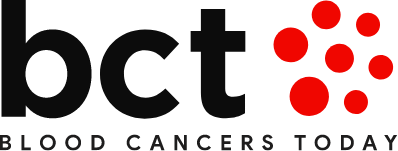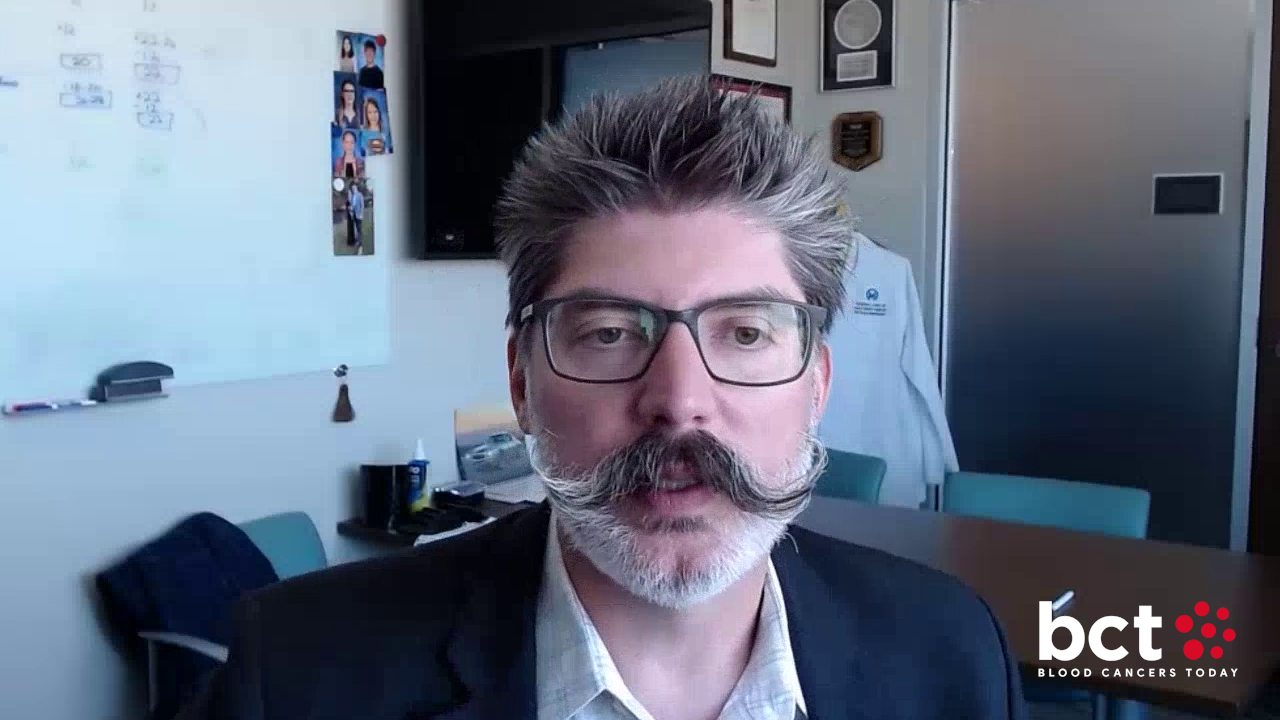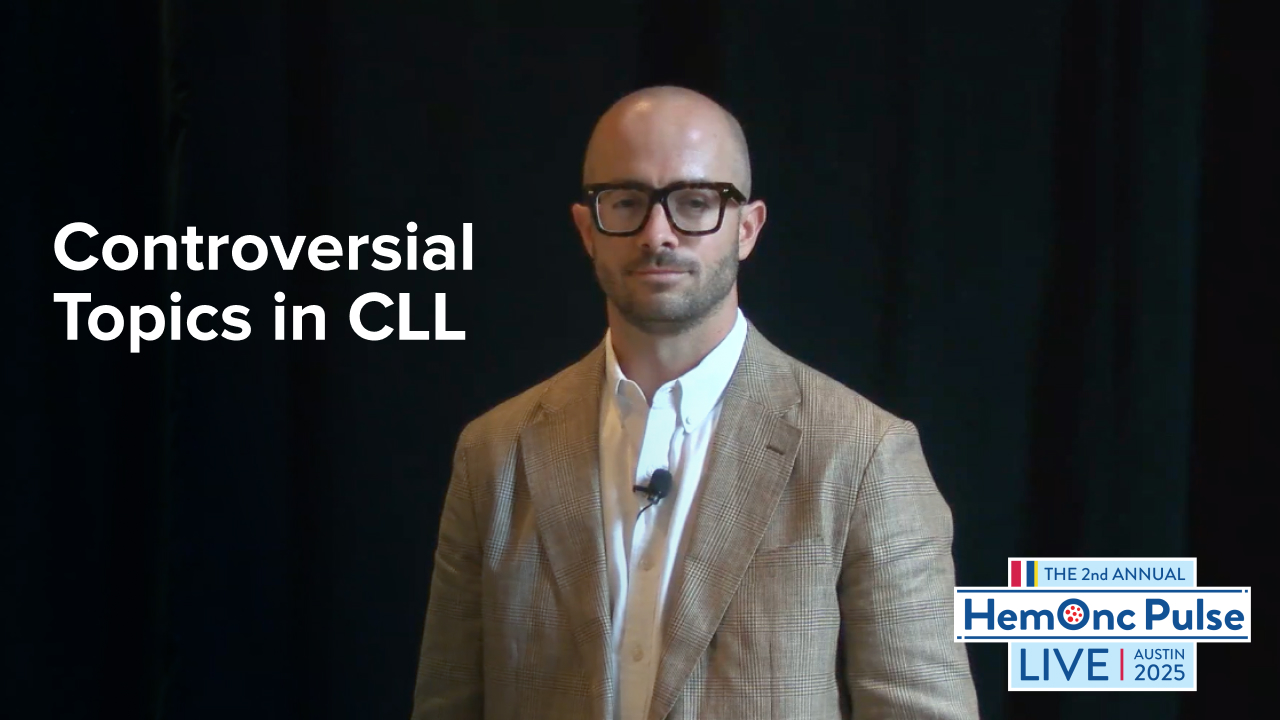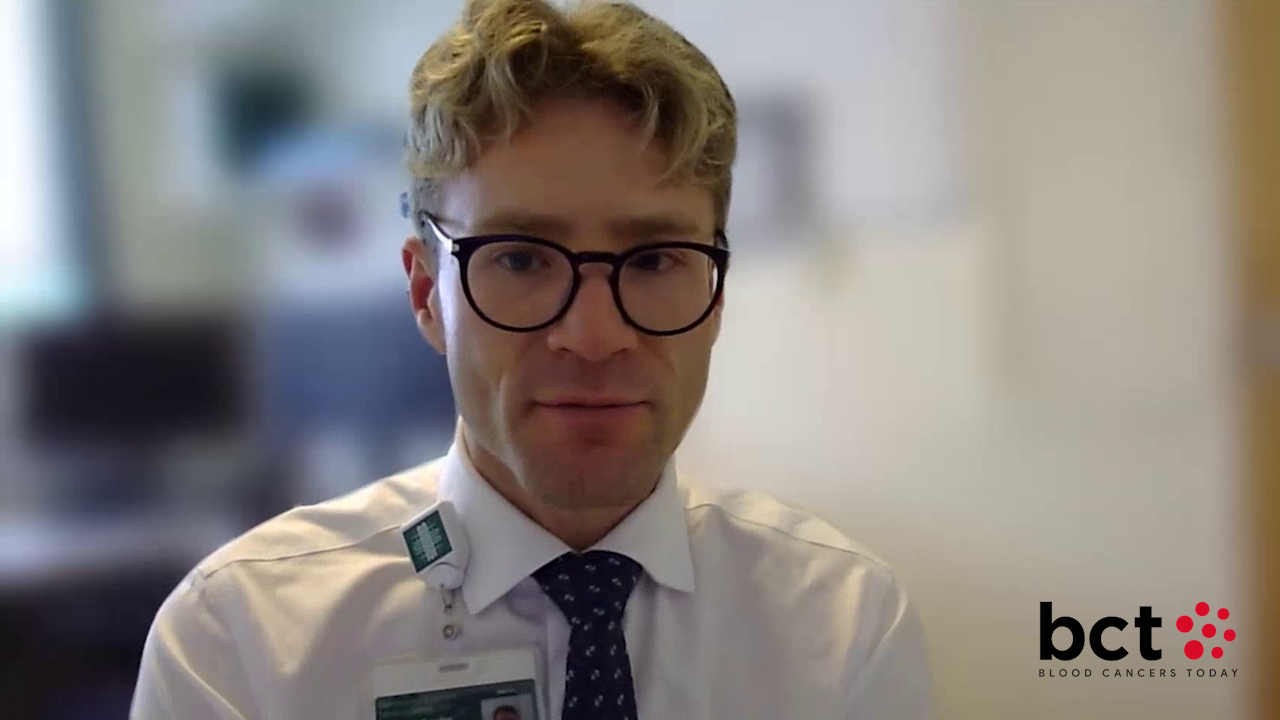New and Novel Agents for DLBCL: Bispecifics, CAR-T, and More
By Blood Cancers Today Staff Writers - Last Updated: April 19, 2023A roundtable discussion, moderated by Kami J. Maddocks, MD, of the James Cancer Hospital, Ohio State University Comprehensive Cancer Center, focused on treatment options for diffuse large B-cell lymphoma (DLBCL) and follicular lymphoma, including novel emerging therapies and treatment sequencing considerations. Dr. Maddocks was joined by a panel that included Pierluigi Porcu, MD; Pamela Blair Allen, MD, MSc; and Jonathan W. Friedberg, MD.
In this segment, the panel talks about novel therapies for DLBCL, including the timing and sequencing for such treatments, patient considerations, and more.
—
Dr. Maddocks: How about we move on to new and novel agents? So we talked a little bit about this, but let’s first start with the bispecific antibodies. What are your thoughts on the bispecific antibodies and the data that we’ve seen in diffuse large B-cell lymphoma?
Dr. Allen: Yeah, I don’t have a lot of personal experience with the bispecifics, but in terms of the data, I think it’s impressive, and it certainly seems like in terms of kind of sequencing, I still would probably use CAR-T for initial relapse, but it seems like a bispecific would be the kind of go-to agent after relapse in that setting.
Dr. Porcu: So I really like the landscape of the bispecifics right now. As you were saying, it’s really kind of remarkable in terms of these immunotherapies. I think that I like the strategies in terms of delivering the bispecifics either by a fixed duration, which I think is really very interesting and I think it needs to be looked at very carefully or subcutaneously. So that makes for a very interesting and dynamic landscape right now and we’re just going to have to follow-up the data and see how they pan out. Yeah.
Dr. Maddocks: I was just going to say I think the responses are very impressive in large-cell, but what we are kind of lacking is some of that longer follow-up to see the durability.
Dr. Friedberg: Yeah, I think that similar to CAR-T in many situations that as they’ve become more commonly utilized and studied, we figured out how to manage the toxicities, and this is likely to be a therapy that will be able to be exported to the community, at least for subsequent doses and maybe for initial doses as well, which I think is an exciting advance for patients with lymphoma. It’s, so far, looking somewhat similar to the CAR-T experience where a subset of patients achieve a complete response with diffuse large B-cell lymphoma and that group of patients seems to enjoy durability for at least as long as we’ve studied. The majority of patients don’t, and that just suggests that there are opportunities to maybe look at rational combinations for that group.
Dr. Maddocks: What about some of the CAR-T products? The CD19-directed CARs have been very effective in the patients that they work, but again we said the majority are still not going to respond or relapse. Are there other data on other products or ways to do CAR that you’ve seen that are exciting?
Dr. Allen: I think part of it is not necessarily other CARs, but ways to improve T-cell fitness so that the CAR products that we have work a little bit better. So I’m interested in that data as it evolves.
Dr. Friedberg: I think looking at different targets, CD19 and CD20 together in a cocktail type of treatment is an exciting advance. A subset of the patients who progress after CAR T-cell therapy are patients who lose CD19 as an antigen and presumably if you target two antigens, the risk of that is less. So I think there will be future directions in that area, but the bar is starting to be relatively high in the sense that we have a lot of comfort and experience with the current products and you’re going to have to, I think, compare whatever is new to the current product and show either improved safety or improved efficacy in order to have something become commercially available.
Dr. Porcu: And the timing also, that still remains an issue, particularly when we start comparing how to position the bispecifics versus the CAR-T. So there are products in development across the lymphoma landscape in general, but where with NK cell, for example, engineered or myeloid cells engineered. So in some of those products, even though they’re very early in development, but will have a time from patient to lab and back to the patient much faster. So that’s another sort of area that would be interesting to watch.
Dr. Maddocks: I think that brings up a good point. Some of the allo-CARs are interesting too because then you can take out that time where some of these patients are progressing
Dr. Friedberg: And it’s those patients who probably need the treatment the most, right?
Dr. Maddocks: Yeah. Are there other therapies that you see as promising monoclonal antibodies? There’s a few antibody drug conjugates that have been presented, at least anything else in the immune therapy or landscape?
Dr. Allen: Tafasitamab and those types of agents, they definitely have some efficacy, but in general I’ve found that the targeted agents have become less interesting with the CAR-T and with the bispecifics. We haven’t used them a ton. I don’t have a lot of personal experience.
Dr. Porcu: The data with tafasitamab and lenalidomide, they look really good, and I think that our data that represented earlier this year, kind of a long term, I think some of the patients were all the way up to five years in terms of follow-up. So I think that those are interesting.
Dr. Friedberg: I think that important directions in this area are going to be sequencing of all of this—optimal bridging approaches. Should you get tafasitamab before you get a CD19 CAR? Is that a problem? If you relapse after a CD19 CAR, does CD19-directed therapy still work or not? There are hints from small studies, but a more robust understanding of the optimal road for patients who are either CAR-T eligible or those who are not CAR-T eligible is important. Right now, it’s a bit of a grab bag, and I think that in clinic you’re trying to balance side effects and how often the patients want to come to the infusion room or do they want oral therapy and all of that. And it feels like we need a more refined approach.
Dr. Porcu: It seems like in terms of the oral therapy, we haven’t really made a lot of advances in DLBCL, so that perhaps I’m interested to see what’s going to come down the pipeline in terms of potential oral. The EZH2 inhibitors for example, tazemetostat in particular, I think would be something interesting to look at and how that could be combined, but that’s one of the unmet needs for that.
Dr. Maddocks: I think one of the challenges is some of the oral therapies we have, they work in such a small population of patients when they work, even with BTK, there’s a small population that can get very durable remissions. It’s just such a small number of patients that it happens.
—






 © 2025 Mashup Media, LLC, a Formedics Property. All Rights Reserved.
© 2025 Mashup Media, LLC, a Formedics Property. All Rights Reserved.